Nothing
Nothing Phone (2nd)
Processor and memory
CPU: MediaTek Dimensity 7200 Pro
GPU: ARM Mali-G610 MP4
RAM: 8GB / 12GB LPDDR5
Internal storage: 128GB/256GB UFS3.1
Memory extension: no
Display
Display diagonal: 6,7 inches
Display resolution: 2412 x 1084 pixels
Display Frequency: 30Hz - 120 Hz (Adaptive)
Display brightness: 1.300 nit (peak)
Display Type: OLED
Screen Protector: Corning Gorilla Glass 5
Sampling rate: 240 Hz
other:
*10 bits
*2.160Hz PWM
Cameras
Main camera: 50 MP Samsung GN9 (f/1.88 aperture, OIS + EIS)
Ultra wide angle camera: 50 MP Samsung JN1 (f/2.2 aperture, 114°)
Front camera: 32 MP Sony IMX615 sensor (f/2.2 aperture)
mesh
Dual SIM: Yes
SIM size: Nano SIM
eSIM: No.
GSM: 850/900/DCS/PCS
WCDMA: B1/B4/B5/B6/B8/B19
FDD LTE: B1/B2/B3/B4/B5/B7/B8/B18/B19/B20/B26/B28/B38/B39/B66
TDD LTE: B38/B39/B40/B41/B42
5G NSA/SA: n1/n2/n3/n5/n7/n8/n20/n28/n30/n38/n40/n41/n66/n78
wireless
WiFi: 802.11 a/b/g/n/ac/ax (WiFi 6)
Bluetooth: 5.3
GPS: Yes
NFC: Yes
Sensors
* Ambient light sensor
* Accelerometer
* Proximity Sensor
* E-Compass
*Gyroscope
* Fingerprint sensor (in-display)
Battery
Battery: 5.000 mAh
Fast charge function: 45 Watt
Qi store: no
Other
Operating system: Android 14 (Nothing OS 2.5)
Audio: stereo speakers
Connection: USB-C (2.0)
Size: 161,74 76,32 x x 8,55 mm
Weight: 190 g
1x Nothing Phone (2a)
1x USB-C to USB-C charging cable
1x SIM needle
1x Quick Start Guide
Nothing Phone (2a): Design
The unique, transparent design has been Nothing's trademark from the beginning. And with the new phone (2a), the British technology brand continues this iconic appearance in a very special way. The inspiration for the design comes from the beginnings of Nothing itself: the original concept for the current phone (2020a) was developed just a few months after it was founded in 2.
Nothing emphasizes the asymmetrical balance of the phone (2a) by deliberately separating it into an upper and lower housing part. While the upper area is dominated by the Glyph lights and the two camera lenses, the lower part serves as a framework for the battery, circuit boards and connections. The inwardly drawn lines of this lower half are reminiscent of the famous routes of Massimo Vignelli's New York subway map.
This time, the camera lenses themselves are integrated into the circular NFC coil in a horizontal instead of vertical orientation. According to Nothing, this arrangement is intended to symbolize the "brain" and intelligence of the device. But that's not all - the raised camera bump also offers a practical advantage: it prevents annoying fingerprints on the lenses and at the same time ensures a more stable, secure stand when the phone (2a) is put down.
Perhaps the most distinctive Nothing feature, the Glyph interface with its flashing LED lights, is of course also a must on the phone (2a). The dynamic light games for visualizing notifications, calls or music playback are still on board - albeit in a reduced form that concentrates on the essentials with fewer individual elements than before. This time, the Glyph lights are only located in the upper housing area, which further emphasizes the focus on the central camera area.
The most obvious difference to the previous Nothing devices is the unibody back cover, which is placed at right angles to the aluminum frame. The construction gives the 190 gram and 8,55 millimeter slim smartphone more depth. In contrast to the back of the Nothing Phone (2) (our test) , which merges flatter into the frame, the more rounded edges of the phone (2a) nestle more smoothly in the palm of your hand. This makes it feel surprisingly balanced in the hand.
Instead of glass, the back of the phone (2a) is made of a robust polymer plastic. According to initial estimates, it is no more susceptible to scratches than the glass back of its predecessor, but it does magically attract fingerprints. However, they are hardly noticeable on the white model. The protection according to IP54 has remained. The device is therefore protected from splash water and dust, but not from submersion.
It's extremely easy to operate with one hand thanks to the 76,32 millimeter width - both the volume rockers on the left and the power button on the right side of the case are easily accessible. Just as grippy handling should be. In general, the ergonomic form factor dominates: the 6,7-inch OLED screen is kept flat and deliberately avoids a curved curvature. The screen protector does feel a bit rougher, but that's only a small downside given the overall good feel.
But it's not just the exterior, the contents of the Nothing Phone (2a) are also impressive: the inside of the smartphone is largely made of recycled materials. In a special recycling process, production waste from the Nothing Ear line is even returned directly to smartphone production.
When it comes to colors, Nothing remains purist and classic: The phone (2a) will come onto the market in either black or white (white/milk white). The scope of delivery only includes a USB-C charging cable and a SIM needle - the charger itself must be purchased separately. However, a screen protector is already pre-installed.
Nothing Phone (2a): Display, performance and battery
The Nothing Phone (2a) has a 6,7-inch AMOLED display with a resolution of 1084 x 2412 pixels, a peak brightness of 1.300 nits and is protected by robust Corning Gorilla Glass 5. The brightness cannot keep up with current top models, but it is enough to ensure that the display remains readable outdoors.
The phone (2a) dynamically adjusts the refresh rate. Depending on the content between 30 Hz, 60 Hz and 120 Hz. To prevent flickering when the display brightness is low, Nothing uses 2160 Hz PWM dimming.
Instead of using chips from Qualcomm as before, Nothing uses a MediaTek Dimensity 2 Pro for the phone (7200a). Not a bad choice, because in combination with Nothing OS 2.5.3 (Android 14), which is supported by three years of Android updates and four years of security patches, the smartphone runs largely smoothly. Demanding mobile games like Genshin Impact can be played, albeit with reduced graphics and the occasional stutter.
The phone (2a) is available in three memory configurations, with 8 GB or 12 GB of RAM and 128 GB or 256 GB of internal device storage. Connectively, it supports 5G cellular (NSA & SA), Bluetooth 5.3, WiFi-6E and NFC. There is an in-display fingerprint sensor that works reliably and dual stereo speakers that can get quite loud, but sound a bit muffled.
The 5.000 mAh battery can be fully charged with up to 45 watts in just under an hour. As is often the case in this price category, the phone (2a) does not support wireless charging. The running time is decent: the battery lasts a good 1 1/2 days with common use (telephony, web and social media) before the smartphone has to be plugged in again.
Nothing Phone (2a): Camera
Things get interesting with the camera, because Nothing tries the camera quality of the NothingPhone (2) to the cheaper phone (2a). The ultra wide-angle camera is even identical to the phone (2). Although the specifications of the main camera appear identical on paper, the phone (2a) differs in one key point: Instead of a Sony image sensor, as is installed in the phone (2), Nothing uses a Samsung ISOCELL sensor. Here is an overview of the cameras:
- an optically stabilized 50 MP main camera with f/1.88 aperture and 10x digital zoom,
- a 50 MP ultra-wide-angle camera with f/2.2 aperture and 114° wide angle,
- a 32 MP front camera with f/2.2 aperture
Here are some test shots with the main camera, which can take beautiful photos in good lighting conditions that are on par with the more expensive Nothing Phone (2). However, the emphasis is on can, because the main camera isn't exactly consistent in high-contrast scenes, which is why it's better to press the shutter button too much than too little.
In poor lighting conditions, details also decrease, resulting in increased blur. Burnt out highlights often occur in high-contrast night scenes. Here are photos taken at night.
When zooming in, it is advisable not to go beyond 2x magnification, as anything higher than that will be muddier. The maximum magnification of 10x is almost unusable.
- 1-fold
- 2-fold
- 10-fold
Preliminary conclusion
I will continue to test the phone (2a) in everyday life, but this much can be said: Nothing is bringing an impressive mid-range smartphone onto the market that is characterized by an attractive price-performance ratio. An unusual design, powerful hardware and a puristic operating system make the Nothing Phone (2a) an attractive option in the price segment under 400 euros.
However, one or two compromises have to be accepted when it comes to camera quality. Although the photos generally correspond to the standard for this price range, occasional inconsistencies in image sharpness or dynamic range cloud the overall picture somewhat.
Nonetheless, Nothing is known for continually improving the performance of its devices through software updates. Similar initial problems regarding camera performance were quickly resolved with the phone (2). So it remains to be seen whether the developers can optimize the camera of the (2a) just as quickly through targeted updates in the next few weeks.
For the attractive price of 329 euros, the phone (2a) is a very interesting option for price-conscious buyers who still don't want to compromise on the style factor. It will be available in stores from March 12th and is already over nothing.tech can be pre-ordered.

Nothing Phone (2nd)

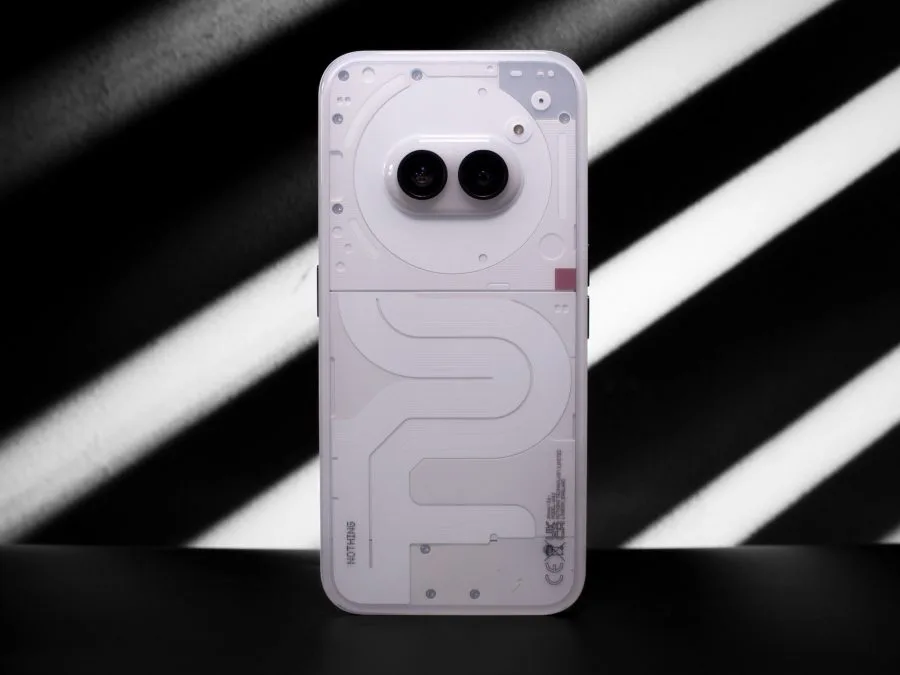

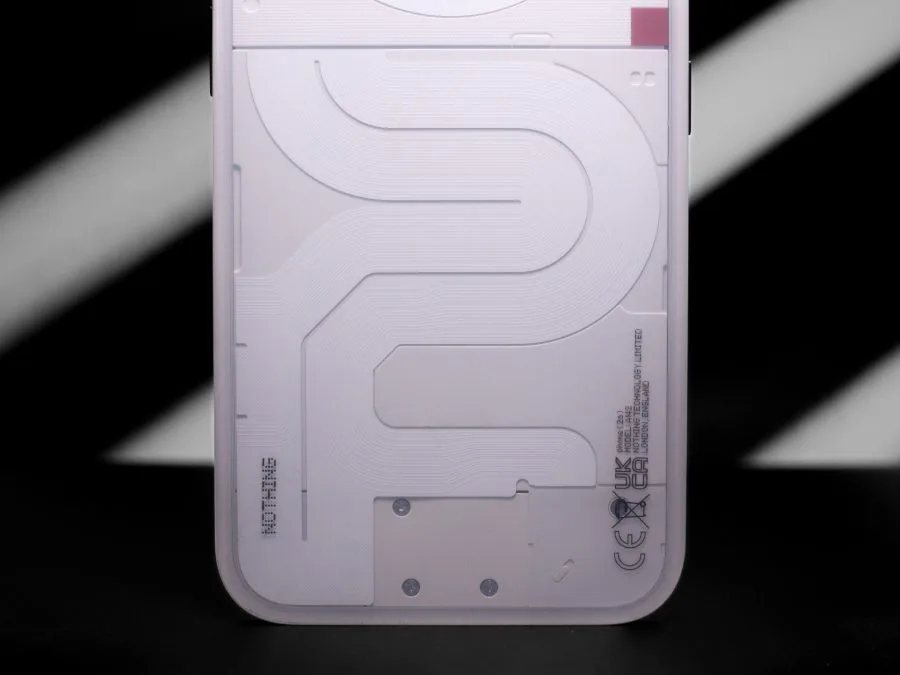






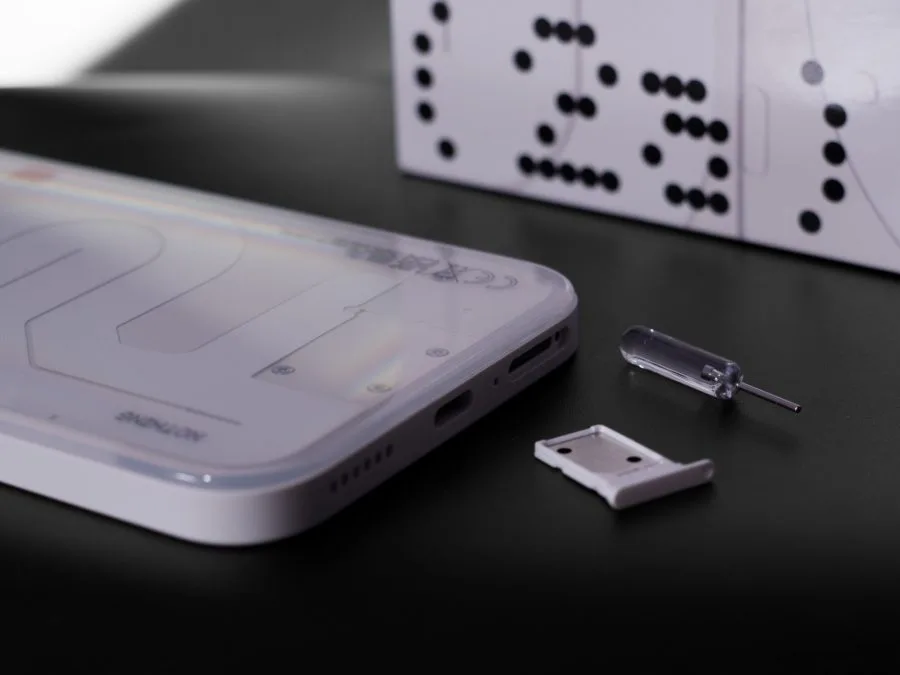






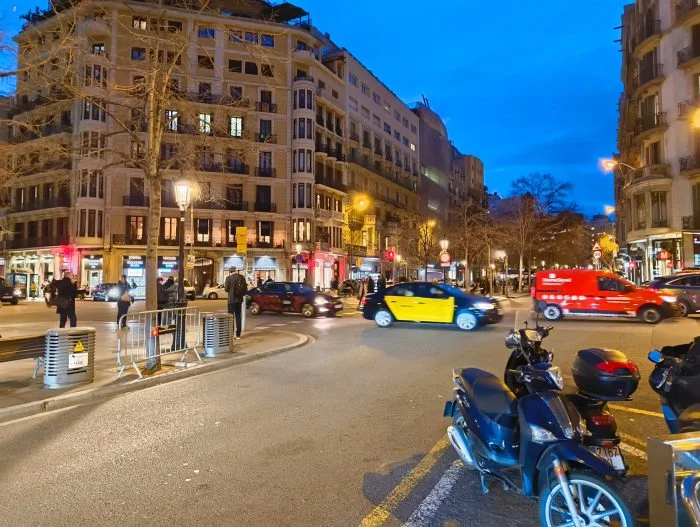











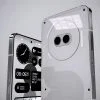
Mats
5. March 2024 20 to: 24
First of all, thank you for the test. Helped me a lot. I was still hesitating between a Poco X6 Pro, but it was worth the wait. It will be the Nothing Phone 2a. But I still have one question. I would also like to use the smartphone for my business. Can I create multiple accounts on it?
Timo admin
27. March 2024 09 to: 57
Hi Mats,
Sure, it works without any problems. You have the option to create private areas using the “Multiple Users” function or you can easily clone apps if you don’t need a separate user interface.